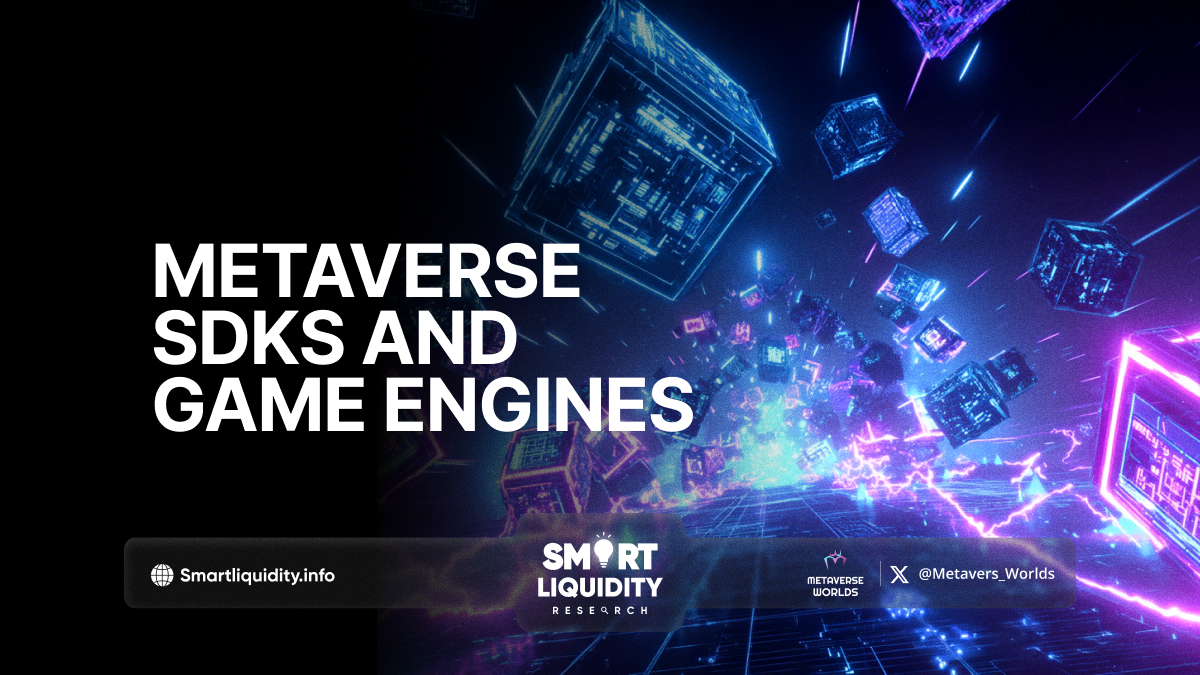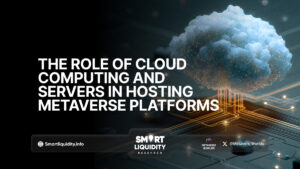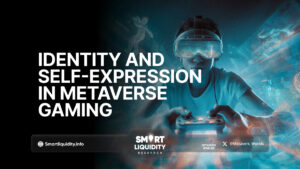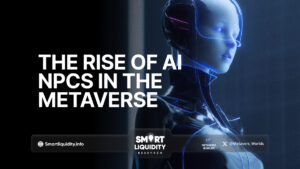Exploring Metaverse SDKs and Game Engines


The Metaverse is no longer just a concept from sci-fi novels or Silicon Valley slideshows. As developers and creators begin constructing persistent virtual worlds, the tools powering these experiences—Metaverse SDKs and game engines—are quickly evolving to meet the demand.
But building in the metaverse isn’t just about better graphics or physics. It’s about enabling interoperability, persistent identities, real-time interactions, and decentralized economies. Let’s explore the SDKs and game engines that are shaping this future.
🎮 Game Engines: The Backbone of Immersive Worlds
Game engines have long powered interactive experiences, and they’re now foundational to metaverse development. Here are the leading players:
1. Unity
Strengths: Cross-platform support, massive asset store, and a huge developer community.
Why Metaverse Devs Love It: Unity’s versatility and support for XR (VR/AR) make it ideal for multi-platform virtual worlds.
Use Case: Decentraland’s client is partially built with Unity; many mobile-first metaverse experiences start here.
2. Unreal Engine
Strengths: Stunning visuals, photorealism, and robust physics engine.
Why Metaverse Devs Love It: With features like Nanite and Lumen in UE5, developers can build highly detailed, immersive spaces.
Use Case: The Sandbox and various AAA virtual spaces are experimenting with Unreal for high-fidelity environments.
3. Godot
Strengths: Open-source, lightweight, and highly customizable.
Why Metaverse Devs Love It: Indie devs appreciate its freedom and flexibility—no licensing fees or corporate lock-in.
Use Case: While not yet mainstream in metaverse platforms, Godot is a favorite for prototyping virtual worlds.
🧰 Metaverse SDKs: The New Digital Construction Kits
While game engines help build the visual and interactive components, SDKs bring in networking, blockchain integration, avatars, and more.
1. Moralis SDK
Purpose: Simplifies Web3 and blockchain interactions.
Features: Authentication, NFT minting, real-time database syncing.
Use Case: Powering in-world economies and wallet-based identity systems.
2. Webaverse SDK
Purpose: Web-first metaverse creation.
Features: Built on web standards (Three.js), supports avatars, assets, and decentralization.
Use Case: Building browser-native virtual worlds without needing Unity or Unreal.
3. Ready Player Me
Purpose: Avatar SDK with cross-world compatibility.
Features: Create and integrate customizable 3D avatars into any virtual world.
Use Case: Used by Mozilla Hubs, Spatial, VRChat, and others to offer consistent user identity.
4. High Fidelity / Vircadia
Purpose: Open-source spatial audio and real-time communication.
Features: Realistic audio environments, low latency.
Use Case: Ideal for collaborative virtual events, concerts, or office-like experiences.
🔗 Interoperability: The Holy Grail
One of the major challenges for the metaverse is interoperability—users should be able to move their assets, identities, and experiences across platforms. SDKs and engines that prioritize open standards (like OpenXR, glTF, and blockchain-based asset registries) are leading the charge.
Epic Games (Unreal) and Unity are both working on interoperability through partnerships and standards groups like the Metaverse Standards Forum. Meanwhile, decentralized platforms like Webaverse and Oncyber are pushing the open web as the ultimate metaverse platform.
💡 Choosing the Right Stack
If you’re building in the metaverse, your stack depends on your vision:
For AAA quality and VR-first: Unreal Engine + Ready Player Me + Web3 SDK like Moralis.
For quick, web-based experiences: Webaverse SDK + Three.js + IPFS for assets.
For indie or experimental builds: Godot + decentralized storage + custom APIs.
🚀 The Future Is Modular
We’re witnessing a shift from monolithic virtual worlds to modular ecosystems. The combination of powerful game engines and flexible SDKs allows developers to compose worlds like Lego—piece by piece.
Whether you’re an indie dev, a creative studio, or a brand entering virtual space, understanding the underlying tech stack is critical. The metaverse isn’t just another app. It’s a new layer of the internet—and it’s being built now.
REQUEST AN ARTICLE
Disclaimer:
This article is for informational purposes only and does not constitute financial advice. Readers are encouraged to conduct their own research and consult with a financial professional before making any investment decisions.




